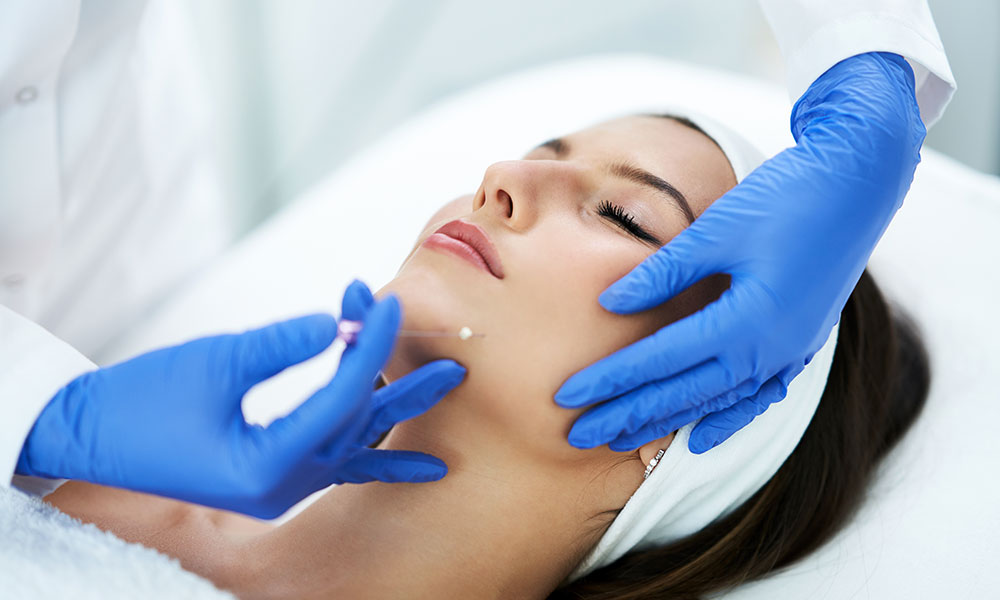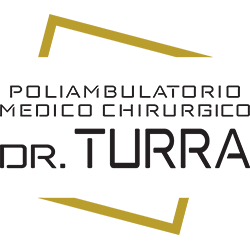COSMETIC MEDICINE
PDO THREAD LIFT

POLYDIOXANONE (PDO) rejuvenation thread treatment
An innovative anti-ageing treatment, not only for the face and neck but also the body, is achieved with a soft-thread PDO lift (polydioxanone).
Polydioxanone is a synthetic thread that is used to suture the subcutaneous and deep tissues. The threads dissolve slowly (in around 8 months). Polydioxanone threads have been used effectively in medicine for some time, both in general and cardiovascular surgery, to stimulate collagen production and support the tissues. As well as to achieve jawline definition, PDO threads are also recommended for use in other areas such as:
The procedure involves using fine needles to inject the threads into the skin to partially lift any loose skin. Needles with the same external diameter as traditional needles but with a larger internal diameter are recommended for greater patient comfort, as the size of the needles is not increased.
Rather than giving an immediate lift, the threads act to provide greater skin firmness.
In certain cases of mild/moderate ptosis, the thread method can be used instead of a surgical facelift. It is:
- less invasive than surgery
- less stressful for the patient
- well tolerated
- does not require anaesthesia
- does not require hospitalization
- free from the side effects of surgery
- gives excellent tissue firmness
Polydioxanone threads are approximately 0.05 to 0.20 mm thick. In the manufacturing stage, they are inserted into very fine needles that are similar in thickness or slightly thicker than insulin needles. The length of the needles, and therefore of the threads, varies in relation to the area to be treated: those used for the body, where the surface area of the skin is larger, tend to be longer than those used for the face, where the surface area of the skin is smaller. In the majority of cases, the procedure does not involve anaesthesia. The application of ice to the area to be treated is generally sufficient. The needles (and their relative threads) are implanted along the tension lines of the skin, forming a grid pattern that enables the tissue to be stretched. One or more sessions, around 3-4 months apart, are required. After the procedure, the patient can resume their normal daily activities. Any bruises can be covered up with concealer.
MECHANISM OF ACTION
Insertion of the threads into the skin produces a partial self-stimulated biological lift through two mechanisms:
- Biostimulation: the action of the threads creates tone through increasing metabolism and producing a trophic effect caused by stimulation of the microcirculation, resulting in improved skin tone.
- Mechanical stimulation: producing a soft-lift action. Mechanical stimulation applied to the body produces various effects depending on the quality and quantity of the stimulation. Mechanical stimulation (compression, stretching or traction), therefore creates a positive or negative response in the body based on the type of stimulation applied. The same action is produced by the threads used in cosmetic surgery which, when inserted into the skin, assume a very narrow V-shape due to their placement within the needle. Under the tension of the tissue, the thread subsequently opens out like an umbrella, creating an arc of tension that produces moderate tissue stretching. This also stimulates the skin that is absorbed by the tissue in which the thread is inserted, by the matrix between the cells and, finally, by the cells themselves. The latter perceive the stretching and assimilate it through the CD-18 receptors, which are located outside the cells. Connective tissue is rich in fibroblasts that produce healthy-looking skin. These cells, sensitive to the action of the threads and stimulated by the mechanical stretching, start to produce collagen, along with the elements responsible for skin firmness. They can also assume a contractile function, exerting moderate traction on the surrounding tissues.
After around 6-8 months, the threads are naturally and harmlessly reabsorbed through hydrolysis, while the biostimulation and the lifting effects continue. This is because the support produced by the threads produces significant endogenous stimulation, the benefits of which will be visible for much longer.
Threads are also available with either mono- or bi-directional barbs, which can either be used together with the aforementioned mono-filament threads or alone. They act to encourage aggregation (gathering) of the tissues with a soft-lift effect and revitalisation of the skin. This effect becomes visible after 15-20 days with rejuvenation of the skin texture. The beneficial process on the skin continues, intensifying over the ensuing months.
